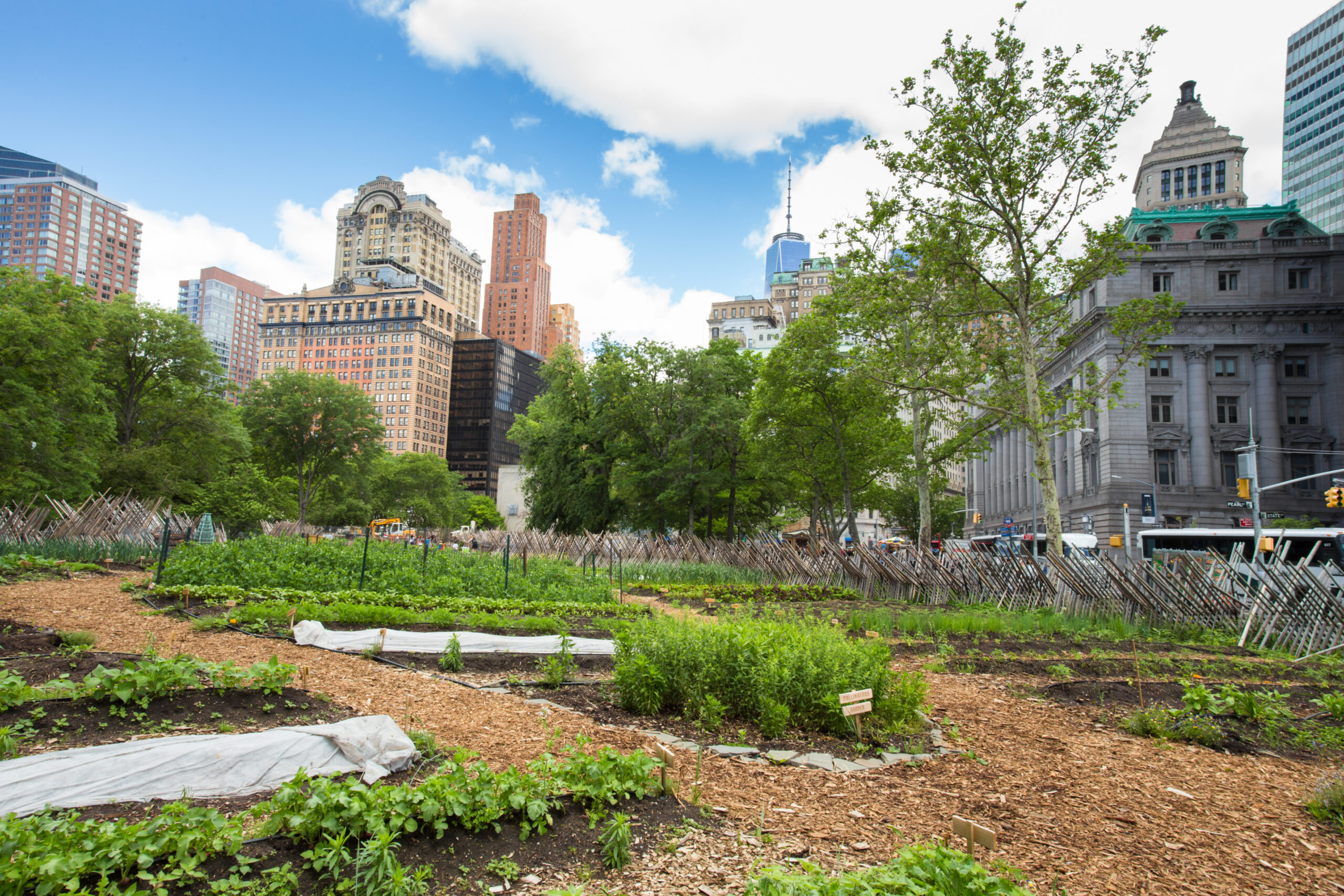9 Simple Techniques For City Blooming
9 Simple Techniques For City Blooming
Blog Article
City Blooming Can Be Fun For Anyone
Table of Contents10 Easy Facts About City Blooming ShownThe 9-Minute Rule for City Blooming9 Simple Techniques For City BloomingThe Ultimate Guide To City BloomingThe Best Guide To City Blooming
Interested in growing food to buy in the City of Chicago? Believing about starting a neighborhood garden? Changes to the Chicago Zoning Ordinance allow farming uses like neighborhood yards and urban ranches in many parts of the city. Below is a list of frequently asked questions regarding the rules and regulations that growers must think about when preparing an urban agriculture task.
The zoning modification does not change any various other codes dealing with composting, building authorizations, purchasing or renting City owned residential property, organization licenses or environmental contamination. There are existing codes that manage these problems and they stay in full impact and might apply to your project. Area gardens are typically possessed or taken care of by public entities, civic organizations or community-based organizations and maintained by volunteers.
Urban farms grow food that is meant to be marketed, either on a nonprofit or for-profit basis. Due to their commercial function, metropolitan farms need an organization license.
Not known Incorrect Statements About City Blooming
The quantity of compost material can not go beyond 25 cubic backyards at any type of offered time according to the requirements in 7-28-715 of the City's Municipal Code. Because the soil at a lot of brand-new garden sites requires changing, garden compost, soil, wood chips, or various other materials can be obtained to create or boost the growing space.

If a building authorization is called for after that the hoophouse will be considered an accessory building. You can discover out more about the structure license demands by speaking to the Department of Structures. The 25,000-square-foot dimension limit is meant to avoid a single neighborhood yard from controling a given block or detracting from the block's existing residential or commercial personality.
The limit does not put on gardens found in Public Open Area (POS) districts. Can there be more than one neighborhood garden that is 25,000 square feet on a single block? Yes. The size limit applies to specific yards, not to specific blocks. No. Fence is not called for, nevertheless, gardens that have huge auto parking areas may be required check my blog to install fencing or various other landscaping features.
Not known Details About City Blooming
B1 & B2 areas call for that all commercial usage tasks be performed indoors. Is fence needed for city farms? Fencings may be called for, along with landscape design and screening, for certain auto parking locations and exterior work or storage space locations depending on place and the particular task taking place.
Urban farms call for building permits and zoning authorizations prior to building (fruit and vegtables). Various other types of city evaluation may be required depending on specific frameworks, activities, dimension, landscape design, licensing, public heath and stormwater monitoring problems.
The Department of Organization Matters and Consumer Defense can assist identify the particular kind of service certificate that's needed. Off street car park is required for many industrial projects in Chicago. The required number of auto parking areas is based on the number of employees functioning on site and not the square footage of the growing space.
City Blooming Can Be Fun For Anyone

Yes. A city ranch can offer compost material generated on website, nevertheless, the procedure should follow the guidelines in 7-28-715 of the Chicago Municipal Code. Yes. Aquaponic systems are allowed indoors on city ranches in lots of zoning areas. Nevertheless, a zoning review and building license is required in order to set up frameworks or systems and a business permit is needed as defined above.
Up to five hives or nests of honey bees might be maintained as an accessory use. However, beekeepers need to register with the Illinois Department of Farming. For even more details about the proposed zoning change you might speak to the Division of Housing and Economic Development, Bureau of Preparation and Zoning at 312.744.8563.
Farming in cities and metropolitan areas An urban ranch in Chicago. Urban farming describes numerous techniques of growing. https://hearthis.at/cityblooming/set/city-blooming/, handling, and distributing food in metropolitan locations. The term likewise relates to the area tasks of pet husbandry, aquaculture, beekeeping, and cultivation in an urban context. Urban agriculture is identified from peri-urban farming, which occurs in backwoods beside suburbs.
Not known Details About City Blooming
, who seek to develop social networks established on a common values of nature and neighborhood holism. These networks can create by method of formal institutional assistance, ending up being integrated right into local town preparation as a "change town" movement for lasting city advancement.
Some of the first evidence of urban agriculture comes from Mesopotamia.
Report this page